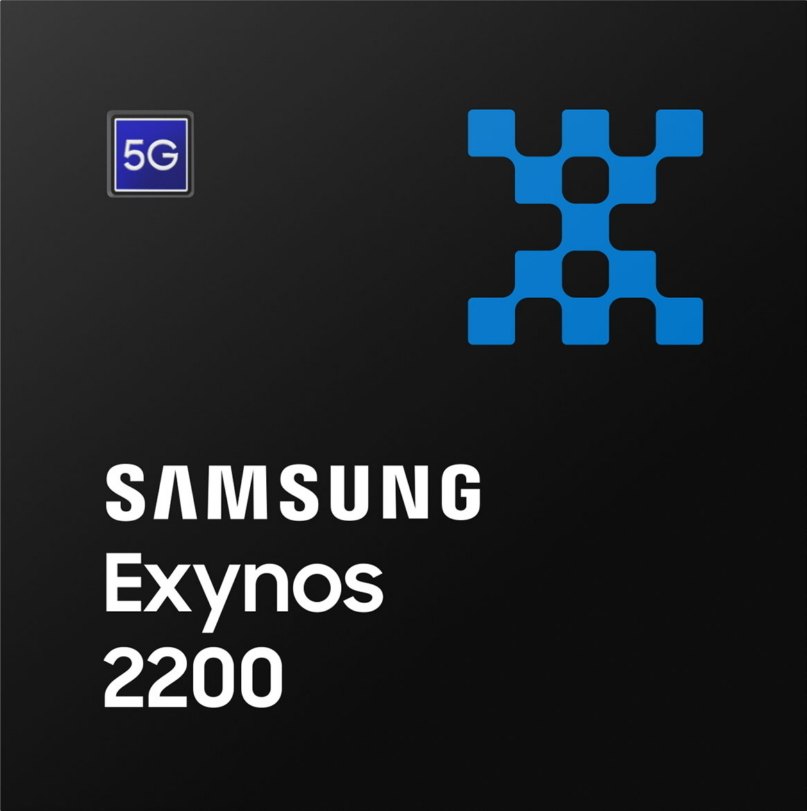Samsung Exynos 2200 vs Apple A14 Bionic
We’ve conducted a comprehensive side-by-side comparison between the latest
Exynos 2200 and A14 Bionic
SoCs, from
Samsung and Apple respectively. Our
analysis delves into the performance of these
8-core and 6-core processors, based on
Geekbench, Antutu, and 3DMark
benchmark results, providing
detailed technical comparisons.
Review
General comparison of performance, power consumption,
and other
indicators
CPU Performance
Evaluation of Single-Core and
Multi-Core Processor Performance
Gaming Performance
Gaming and OpenCL/Vulkan
Performance of the Graphics Processing Unit (GPU)
Battery life
Energy Efficiency in Battery Usage
Tech Insist Score
Overall Performance Rating of the
Chip
Key Differences
Main differences and advantages of each chip
Pros of Exynos 2200
Pros of A14 Bionic
Benchmarks
Evaluating performance through competitive testing in
leading benchmarks.
AnTuTu 10
The AnTuTu Benchmark evaluates CPU, GPU, RAM, and I/O
capabilities across various scenarios.
CPU
223163
203493
GPU
391575
284242
Memory
175188
131989
UX
154579
131211
Total score
944505
750935
GeekBench 6
The GeekBench test shows raw single-threaded and
multithreaded CPU
performance
3DMark
A cross-platform benchmark that assesses graphics
performance in Vulkan
(Metal)
3DMark Wild Life Performance
Stability
59%
77%
Graphics test
39 FPS
50 FPS
Score
6531
8375
Specifications
Full list of technical specifications of Exynos 2200 and Dimensity
9300
Architecture
1x 2.8 GHz – Cortex-X2
2x 3.1 GHz – Firestorm
Cores
8
6
Base Frequency
1820MHz
1800MHz
Turbo Frequency
2800MHz
3100MHz
Instruction set
ARMv9-A
ARMv8.5-A
L2 cache
-
128 KB
L2 cache
-
8 MB
L3 cache
-
-
Process
4 nanometers
5 nanometers
Transistor count
-
11.8 billion
TDP (Sustained Power Limit)
-
6 W
GPU name
Samsung Xclipse 920
Apple A14 GPU
Architecture
RDNA 2
-
GPU frequency
1300 MHz
-
Pipelines
24
4
Shading units
384
-
Total shaders
768
-
FLOPS
-
998 Gigaflops
Vulkan version
1.1
-
OpenCL version
2.0
-
DirectX version
12
-
Neural processor (NPU)
Yes
Neural Engine
Memory type
LPDDR5
LPDDR4X
Memory frequency
3200 MHz
2133 MHz
Bus
-
-
Max bandwidth
51.2 Gbit/s
34.1 Gbit/s
Max size
24 GB
6 GB
Storage type
UFS 3.1
NVMe
Max display resolution
3840 x 2160
2732 x 2048
Max camera resolution
1x 200MP
-
Video capture
8K at 30FPS, 4K at 120FPS
4K at 60FPS
Video playback
8K at 60FPS, 4K at 240FPS
4K at 60FPS
Video codecs
H.264, H.265, AV1, VP9
H.264, H.265, Motion JPEG
Audio codecs
AAC, AIFF, CAF, MP3, MP4, WAV
AAC, AIFF, CAF, MP3, MP4, WAV, AC-3, E-AC-3, AAX, AAX+
Modem
-
-
4G support
LTE Cat. 24
LTE Cat. 18
5G support
Yes
Yes
Download speed 5G
Up to 7526 Mbps
Up to 7500 Mbps
Download speed 4G
Up to 3000 Mbps
-
Upload speed 5G
Up to 3758 Mbps
Up to 2500 Mbps
Upload speed 4G
Up to 422 Mbps
-
Wi-Fi
6
6
Bluetooth
5.2
5.0
Navigation
GPS, GLONASS, Beidou, Galileo, NAVIC
GPS, GLONASS, Beidou, Galileo

